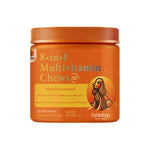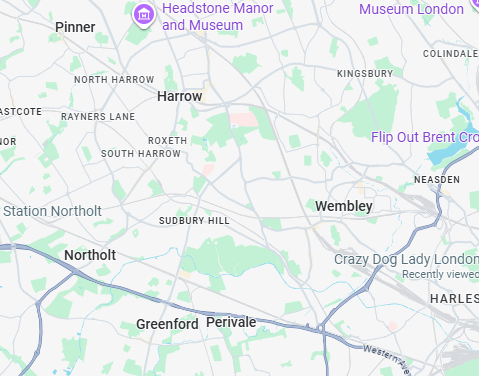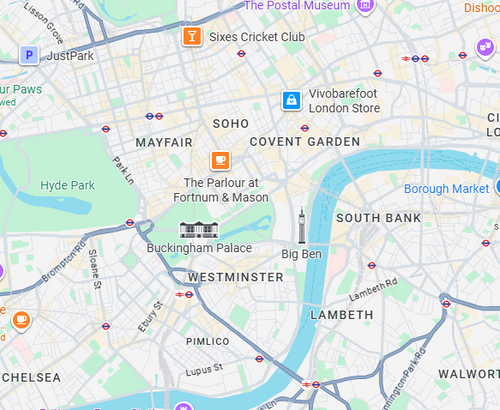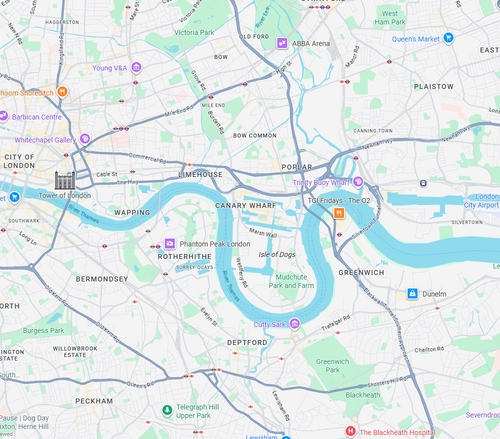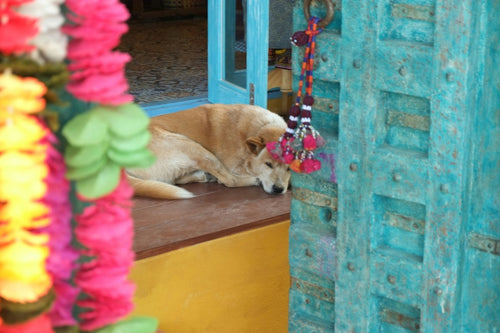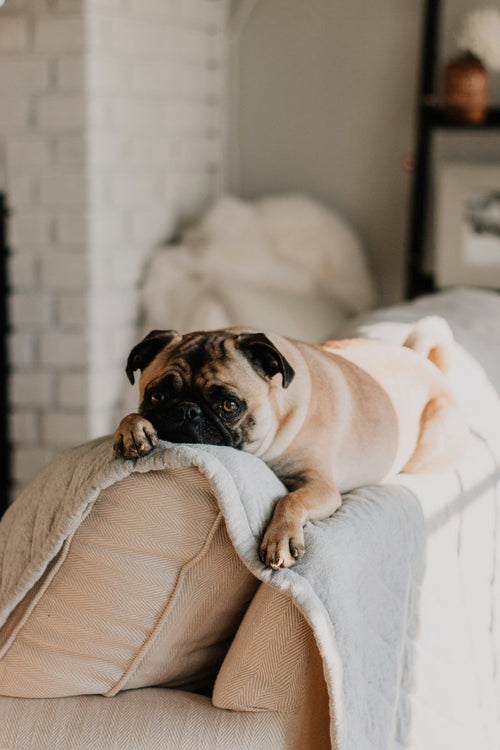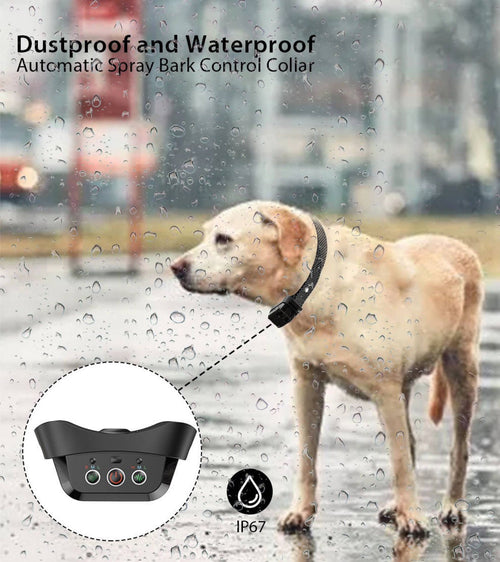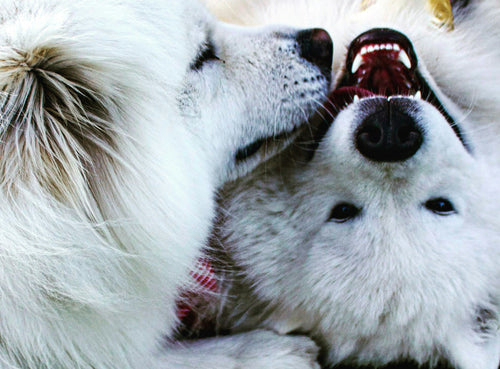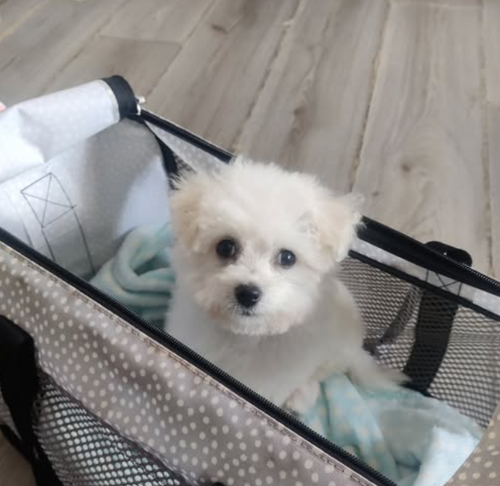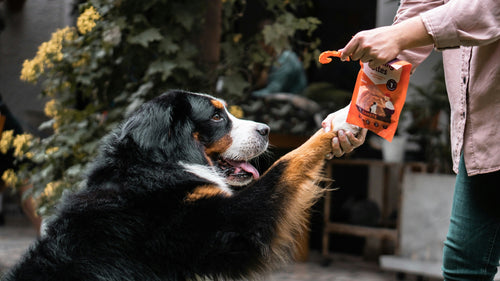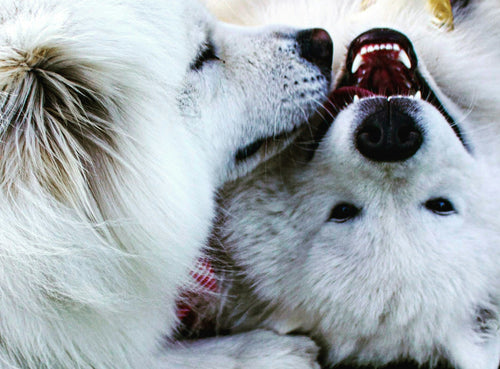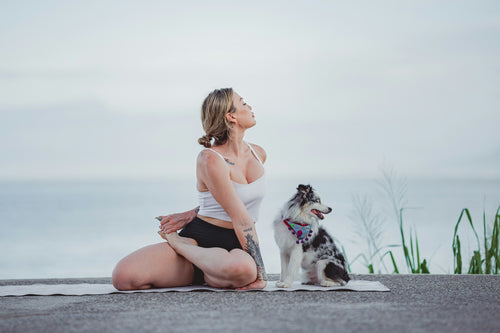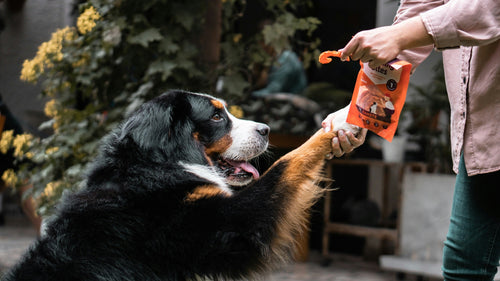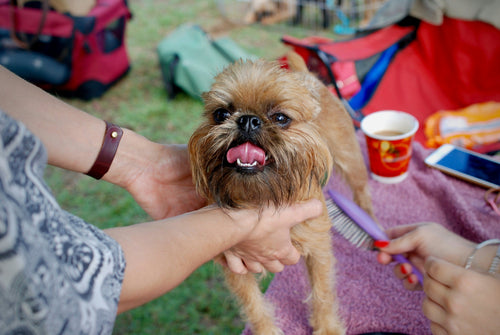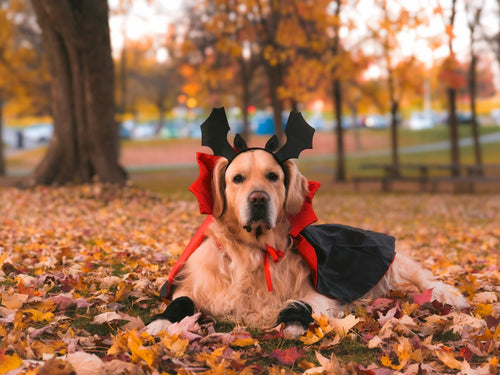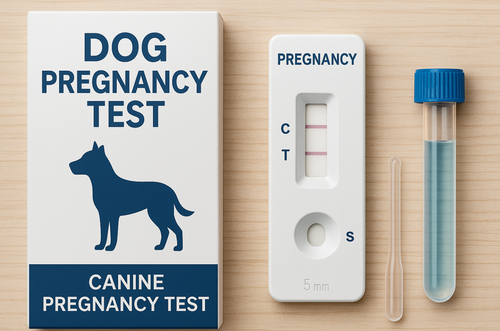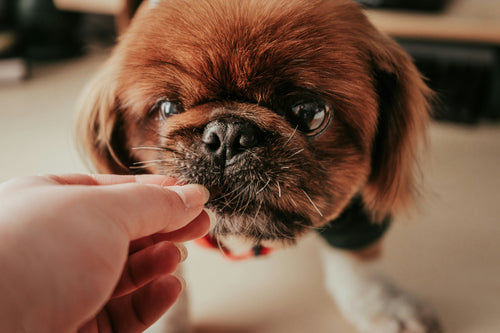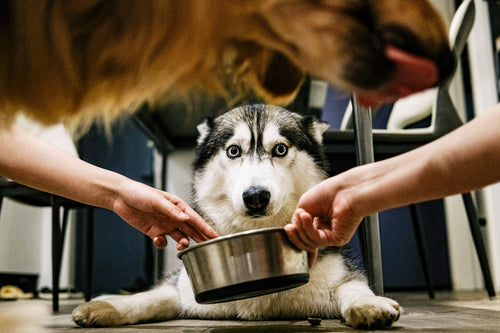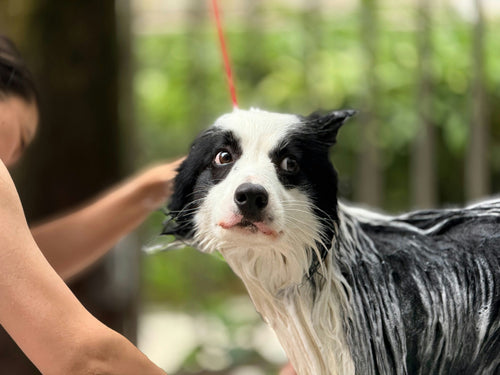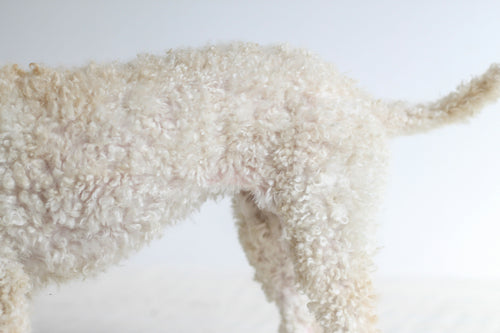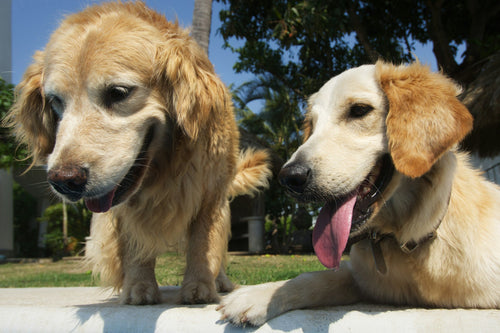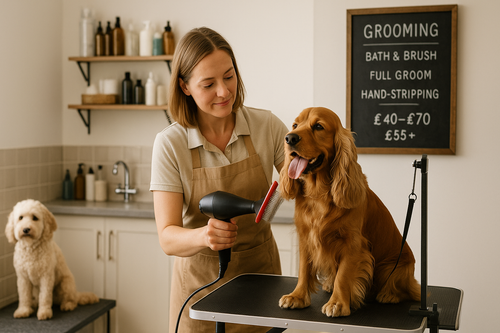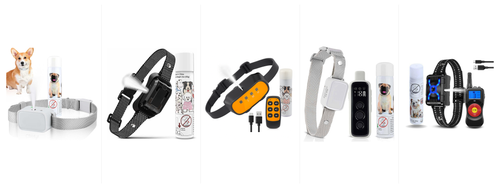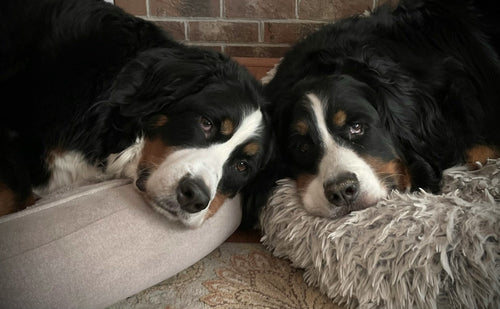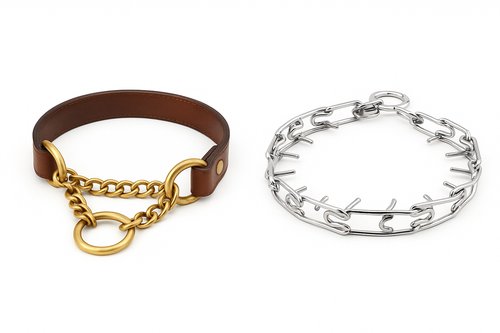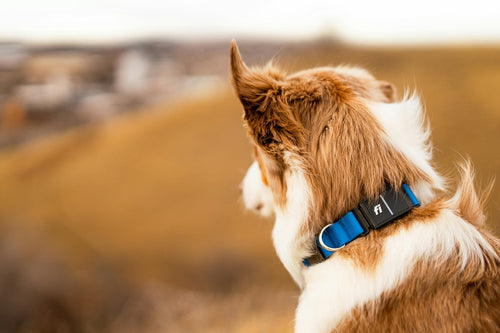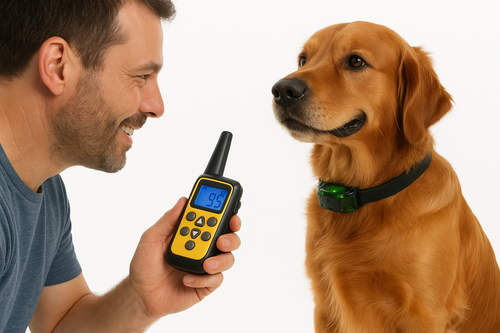Introduction
If you’ve ever looked at your dog’s food bowl and wondered, “How do I know if my dog isn’t eating enough?”, you’re not alone. Appetite changes in dogs are common, but they can leave pet owners concerned about whether their furry friend is getting the nutrition they need.
Just like people, dogs may skip meals occasionally without serious consequences. But ongoing underfeeding, loss of appetite, or changes in eating habits may signal a health or behavioural issue that needs attention.
In this comprehensive guide, we’ll explore the signs that your dog may not be eating enough, the possible causes, and the steps you can take to keep them healthy and happy.
How Much Should My Dog Be Eating?

The first step in knowing whether your dog is eating enough is understanding their daily nutritional requirements.
Factors that influence portion size:
-
Breed and size: Larger breeds like Labradors or German Shepherds require more calories than small breeds like Chihuahuas.
-
Age: Puppies and young, active dogs need more food than senior dogs.
-
Activity level: Working dogs or very active breeds burn more calories than lap dogs.
-
Health condition: Dogs with certain medical conditions may need special diets.
A typical adult dog eats between 2–3% of their body weight in food per day, but always check the feeding guidelines on your chosen dog food and adjust according to your vet’s advice.
Signs Your Dog Isn’t Eating Enough

If you’re searching “how do I know if my dog isn’t eating enough”, here are key indicators:
1. Visible Weight Loss
If you can suddenly see your dog’s ribs, spine, or hip bones more clearly, this is a strong sign of underfeeding or poor appetite.
2. Low Energy Levels
Dogs who aren’t eating enough often appear lethargic, sleep more, and show less interest in playtime or walks.
3. Dull Coat and Dry Skin
A lack of essential fatty acids and protein can cause your dog’s coat to lose its shine and their skin to become flaky.
4. Changes in Behaviour
Irritability, whining, or appearing restless can be linked to hunger or malnutrition.
5. Small or Infrequent Stools
If your dog isn’t eating enough, their bowel movements may become less frequent or smaller in volume.
6. Rib Test
You should be able to feel your dog’s ribs with gentle pressure, but not see them prominently. If you can see ribs easily, your dog may not be getting enough food.
Why Isn’t My Dog Eating Enough?

Once you notice the signs, the next step is figuring out why. There are several reasons a dog may not be eating enough.
Medical Causes
-
Dental problems: Pain from tooth decay, broken teeth, or gum disease.
-
Digestive issues: Upset stomach, parasites, or gastrointestinal disease.
-
Chronic illnesses: Kidney disease, liver disease, or cancer can reduce appetite.
-
Medications: Some prescriptions have side effects that affect eating.
Behavioural and Environmental Causes
-
Stress or anxiety: Moving home, new pets, or loud noises can reduce appetite.
-
Food changes: Switching brands suddenly may put your dog off eating.
-
Boredom: Dogs fed the same dry food daily may become fussy eaters.
-
Feeding routine: Inconsistent feeding times may cause confusion.
What To Do If You Think Your Dog Isn’t Eating Enough
Step 1: Keep a Feeding Diary
Write down how much your dog eats at each meal, along with notes on behaviour, stools, and energy levels. This will help your vet identify patterns.
Step 2: Check the Food
-
Ensure the food hasn’t spoiled.
-
Store kibble in airtight containers.
-
If you’ve recently changed brands, transition slowly by mixing old and new food.
Step 3: Rule Out Behavioural Issues
If stress or anxiety seems to be the cause, consider calming solutions like:
-
A quiet feeding area.
-
Consistent routine.
-
Calming aids such as Calmdogs Natural Calming Treats (link).
Step 4: Consult Your Vet
If reduced appetite lasts more than 24–48 hours or your dog shows signs of illness (vomiting, diarrhoea, weight loss), seek professional advice immediately.
Preventing Underfeeding

-
Measure meals accurately: Use a proper scoop rather than guessing.
-
Feed a balanced diet: Choose high-quality food with the right nutrients for your dog’s age and breed.
-
Establish a routine: Feed at the same times each day.
-
Limit treats: Treats should make up no more than 10% of daily calories.
-
Monitor weight regularly: Weigh your dog monthly and adjust food portions if needed.
When a Dog Not Eating Enough Becomes Serious
Sometimes, appetite loss is temporary. However, ongoing refusal to eat or signs of malnutrition can become life-threatening.
Contact a vet immediately if your dog:
-
Refuses food for more than 48 hours.
-
Loses weight rapidly.
-
Shows vomiting, diarrhoea, or lethargy.
-
Has difficulty chewing or swallowing.
Last sniff
If you’ve been asking, “How do I know if my dog isn’t eating enough?”, the key is to watch for physical changes like weight loss, lethargy, and a dull coat, as well as behavioural signs such as restlessness or reduced bowel movements.
In most cases, addressing diet, routine, and stress can help your dog return to healthy eating. However, persistent appetite loss should always be checked by a vet.
By keeping a close eye on your dog’s eating habits and providing high-quality food, you’ll ensure your best friend stays strong, happy, and healthy.






